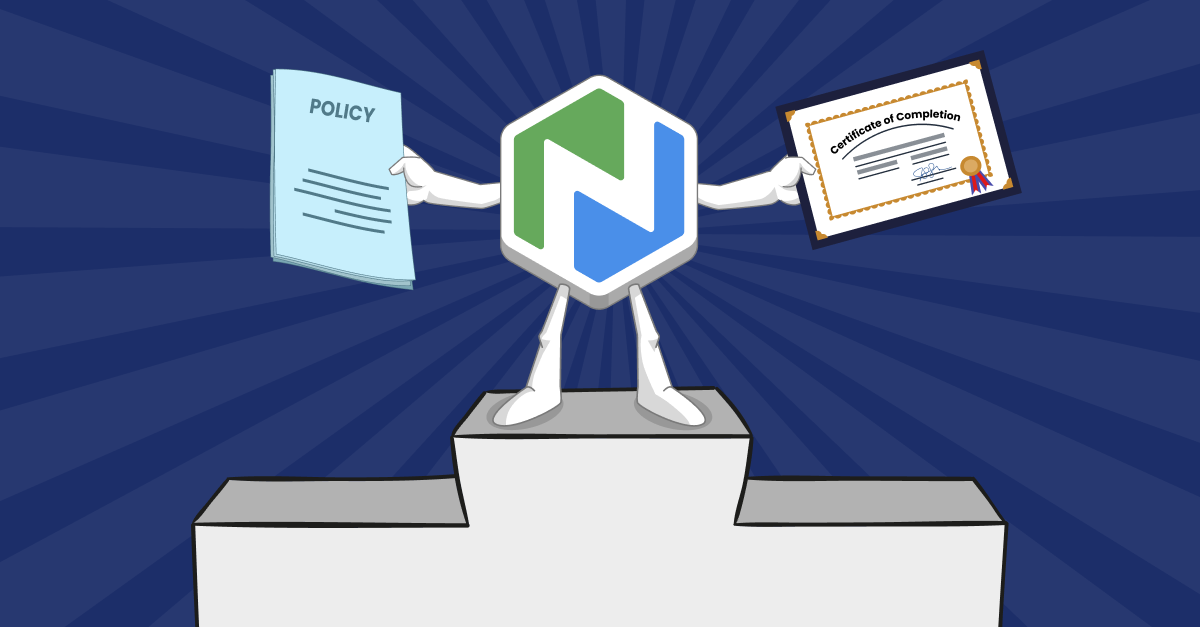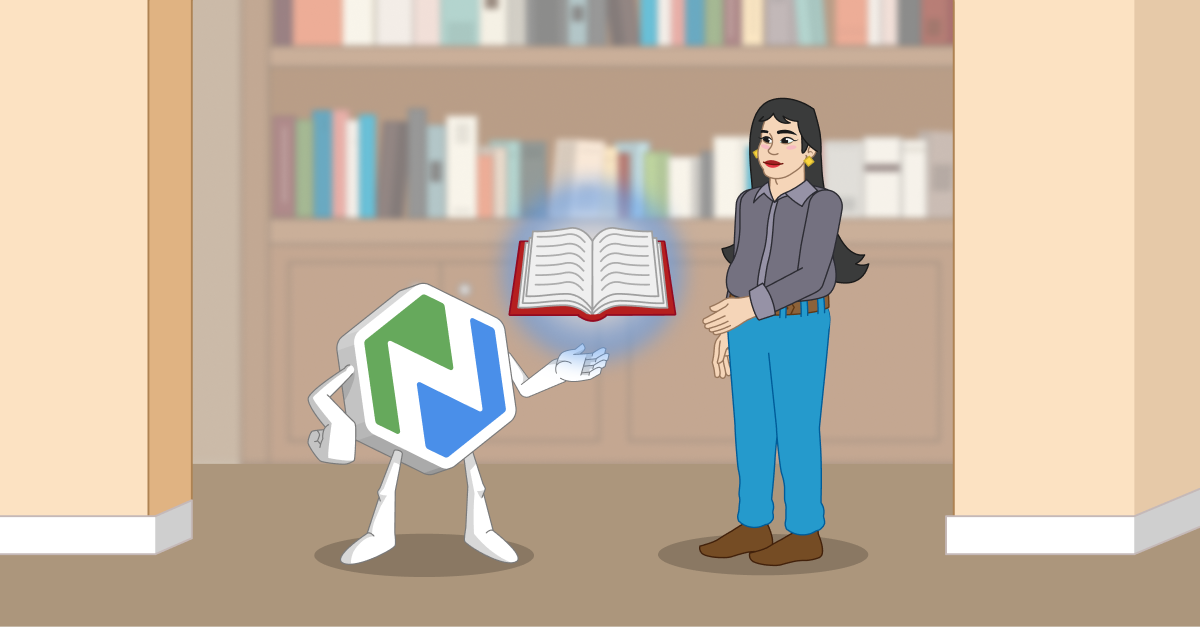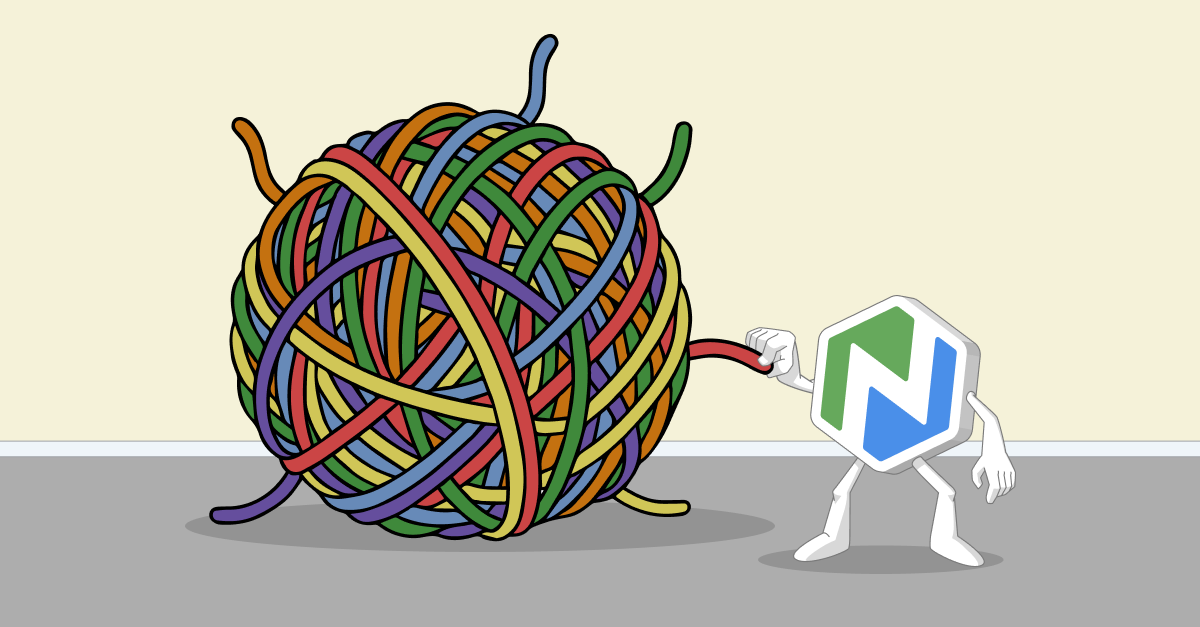8 Ways to Collaborate With Faculty to Teach Information Literacy
Learn how collaborations with instructors can make information literacy instruction more effective and impactful—for you and your students.

Have you ever contacted an instructor to connect with their students and heard…crickets? Or maybe you have the opposite problem—more requests than you can handle, but they’re not clearly focused on information literacy instruction.
As an information literacy librarian, making connections, building relationships, and getting to a place where you and the instructor speak the same language can be hard.
Some librarians fully embed in courses throughout the semester. Others teach their own credit courses on information literacy. But most have to make do with one-shot sessions once a semester. And instructor expectations about what you can do in that time may be unrealistic.
But you can build truly collaborative relationships that allow you to teach information literacy in a useful and compelling way. Here are a few tips.
Building Effective Collaborations
Target Specific Courses. At the height of my career in academic libraries, I was the liaison to eleven departments. There was no way I could offer instruction in every class. As budgets shrink, more librarians find themselves in similar situations. Instead of worrying about reaching everyone, concentrate on where you can make the most impact. Do you want to teach in writing classes? Graduate classes? Something else? Once you have a focus, send targeted messages to instructors explaining why a partnership is good for them and their students.
Explain Information Literacy. When I was new on campus, instructors often confused information literacy with information technology. And I’d have to take a deep breath and start the conversation again. A lot has changed since then, but you may still have to explain IL. It helps to discuss how information literacy relates to critical thinking. Remind instructors that database searching is a small part of the process and that your true value is in helping students differentiate, analyze, and integrate information in their research.
Own Your Expertise. It can be disconcerting to feel like everyone on campus has an area of expertise except instruction librarians. But you do have an area of specialization—information literacy. Most instructors are unfamiliar with the ACRL Framework for Information Literacy for Higher Education. Use it to help them understand how you can support the research process and student success. You’ll bring new knowledge to the conversation and establish yourself as a colleague.
Use Instructional Terms. I quickly learned that what some instructors thought was “teaching information literacy” was actually…something else. They’d ask for demonstrations, orientations, sessions, or scavenger hunts, revealing a disconnect between how we each understood information literacy. Using terms like instruction, teaching, and research helps them understand you’re not just there for show-and-tell interactions.
Set Priorities Together. Has an instructor ever asked you for a tour of the library, database demonstrations, a government documents overview, and a lesson on plagiarism—all in one hour? When this happens, focus the conversation on priorities. What does the instructor really want students to know? What time of the semester are you teaching? What are you willing to do or not do in the classroom? You may not cover everything, but you’ll have a much more useful (and enjoyable) class when you prioritize.
Address Past Problems. When you try to set priorities, you may hear it’s all important. If this happens, ask about past problems in student assignments. Are students struggling with finding and using academic articles? Do they have trouble formatting citations? Are they required to use specialized sources like government documents or archival material? Ask instructors about their biggest pain points, and be ready to talk about how targeted information literacy instruction can solve them.
Co-create Assignments. If you have strong relationships with instructors, you may be able to address pain points by creating an assignment together. Offering to develop—and assess—an assignment lets you design meaningful learning experiences connecting information literacy with student research needs.
Use the Syllabus. If you’re unable to create an assignment or the instructor has difficulty setting priorities, the course syllabus can give you direction. When you know what students are doing, you can design instructional sessions to meet their specific needs. Suppose students have to turn in an annotated bibliography in the 12th week of the semester, but the instructor asks for a library orientation in the first week. You can recommend pushing instruction to a later date, and suggest focusing on bibliographies, for a more impactful learning experience.
Offer Options. Finally, even if you target specific courses, you may still be unable to teach in every class. And maybe you shouldn’t. By the end of my time as an instructional librarian, I would only use in-class time to focus on true information literacy. You can meet other needs—like database demonstrations—by creating custom research guides or using on-demand tutorials. Then, you can complement these resources with office hours or email consultations. This approach is a more efficient use of everyone’s time!
More Ways to Teach Information Literacy
It takes planning, time, and effort, but you can deliver information literacy instruction that works for everyone—you, the instructor, and—most importantly—students.
At Niche Academy, we can help. Our tutorials on information literacy instruction help you effectively and creatively work with faculty to engage students in new ways. We also offer tutorials to address common research needs, like How to Read an Academic Article and How to Do an Annotated Bibliography, as well as critical thinking skills, digital literacy, citation management, and other research essentials. All map to the ACRL Framework, are customizable, and allow you to assess student learning to see where they’re succeeding and where they need more support.
And our eResource tutorials provide ready-made, just-in-time instructions on how to use databases. All of our tutorials can be embedded in your campus LMS so they’re right where students need them, when they need them, which means you can dedicate precious in-class time to advanced information literacy skills.
Start a free trial to get a sneak peek at some of our learning content and take your information literacy instruction to the next level.

.png)
.png)

.png)
.png)
.png)

.png)
.png)

.png)
